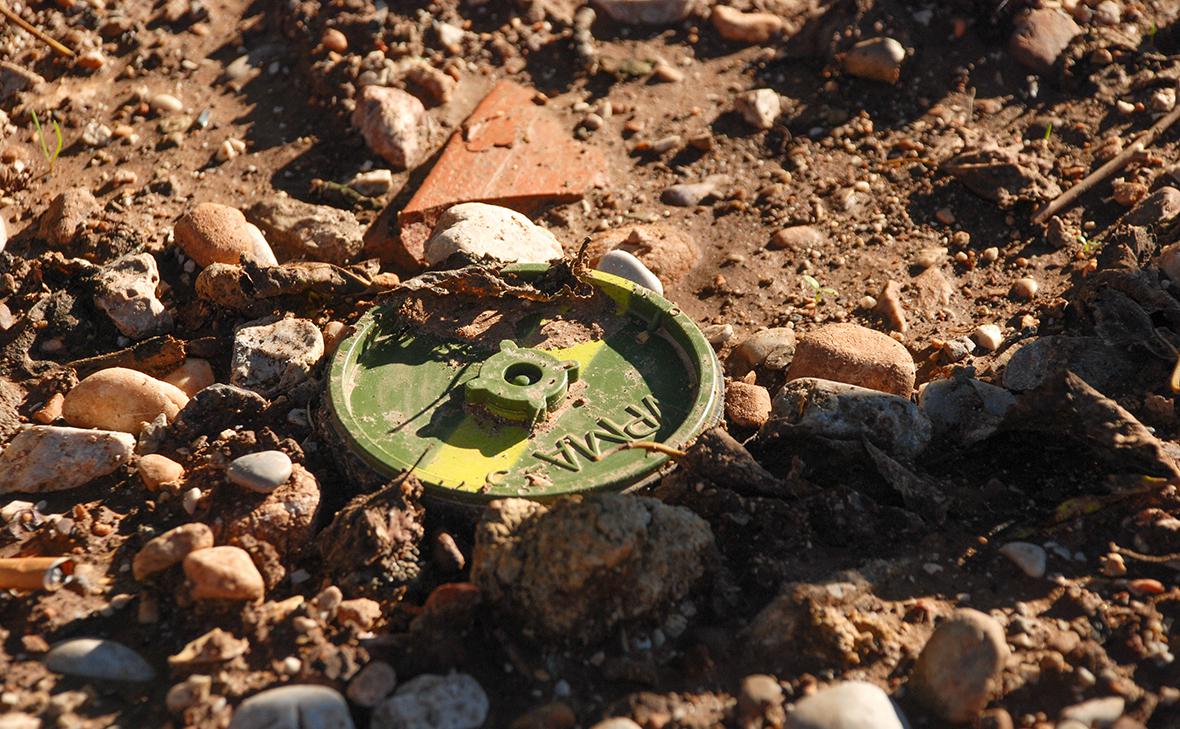
After decades of disarmament and diplomacy, Europe is returning to Cold War-era practices. Five NATO countries — Poland, Lithuania, Latvia, Estonia, and Finland — have launched a large-scale program to fortify the alliance’s eastern frontier. The central element of this effort is the deployment of minefields intended to deter a potential advance by Russia or Belarus. The project is expected to span over 3,400 kilometers of border — from the Baltic Sea to the Arctic Circle. For the first time since the signing of the 1997 Ottawa Convention, several countries are formally withdrawing from the treaty that bans the use of anti-personnel mines. The first announcements came in March 2025, just months after Russia ramped up its military presence in Kaliningrad and along the Finnish border. NATO's main focus is on the Suwałki Corridor — a narrow strip of land between Belarus and Russia’s Kaliningrad exclave that links Poland to the Baltic states. Western analysts warn that this corridor could become a key strategic target in the event of an armed conflict. Lithuania has allocated over one billion euros to reinforce the region, the majority of which will go toward building minefields and anti-tank obstacles. Finland, which joined NATO in 2023, has also joined the effort. Amid growing tensions with Russia, Helsinki has begun testing new remotely controlled mines. However, these remain in the minority — most systems are still traditional, with long operational lifespans and high risks to civilian populations. The decision by NATO allies has drawn sharp criticism from human rights organizations. The International Campaign to Ban Landmines called the plans a “return to the militaristic doctrines of the 20th century.” More than one hundred Nobel laureates have signed a protest letter against the initiative. History shows that landmines often continue to claim civilian lives years after conflicts end. Cambodia, Afghanistan, and the former Yugoslav republics are still dealing with the consequences of extensive mine use in the late 20th century. Clearing a border zone of more than 3,000 kilometers could take decades and cost billions of euros. Moscow has condemned NATO's plans as a threat to strategic stability. Russia’s Ministry of Defense has officially described the fortification measures as “provocative and unfriendly.” According to Western intelligence sources, Russia is responding by reinforcing its military presence in border regions, including the deployment of additional artillery and missile units in Kaliningrad and Karelia. Russian officials have not ruled out countermeasures — ranging from enhancing their own mine-laying systems to deploying additional offensive weapons near NATO's borders. Supporters of the mine defense strategy argue that it is a deterrent rather than a provocation. “Mines are a barrier that slows down an advance, buying time for mobilization,” explains a military expert from the Center for Strategic Studies in Washington. Still, he notes, “No mine can stop a full-scale war — only delay it by hours or days.” Other analysts emphasize the symbolic significance: the large-scale mining of borders reflects deep mistrust and the breakdown of diplomatic channels. In effect, a new dividing line is being built — a modern-day version of the Iron Curtain. | |
|
| |
| Total Comments: 0 | |